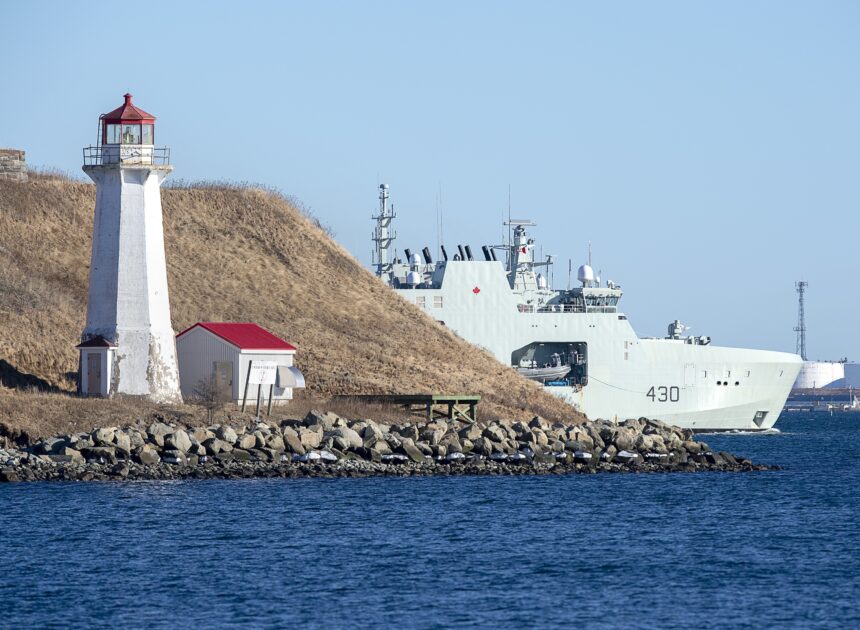In a strategic move that could reshape Arctic shipping dynamics, Sydney Harbour in Nova Scotia has become the newest member of the North Atlantic Arctic Port Alliance, marking Canada’s growing commitment to northern maritime interests. The alliance, formed amidst rapidly changing Arctic conditions, now connects seven crucial ports across the North Atlantic, creating a powerful network positioned to address emerging opportunities and challenges in the increasingly navigable Arctic waters.
“This alliance represents a forward-thinking approach to Arctic development,” said Elizabeth MacDonald, CEO of Sydney Harbour Authority, during yesterday’s signing ceremony. “As ice coverage continues to diminish, we’re witnessing not just environmental transformation but a fundamental shift in global trade routes and security considerations.”
The newly expanded coalition includes ports from Iceland, Greenland, Norway, and now Canada, establishing what experts describe as a “northern maritime corridor” that could potentially rival traditional shipping lanes. According to reports from the Arctic Council, shipping traffic through Arctic passages has increased by nearly 40% over the past five years alone, driven by ice retreat that has created navigable passages for longer portions of the year.
Sydney Harbour’s inclusion is particularly significant given Nova Scotia’s strategic position as Atlantic Canada’s easternmost major port. Marine transportation analysts at the Canadian Northern Economic Development Agency project that this partnership could increase Sydney’s annual cargo handling capacity by up to 30% within the next decade, potentially creating over 600 new jobs in the region.
“We’re not just talking about shipping efficiency,” noted Dr. James Thornhill, maritime security expert at Dalhousie University. “This alliance has profound geopolitical implications, especially considering increased Russian and Chinese activity in Arctic waters. Canada is essentially strengthening its position in what could become the next frontier of international influence.”
The timing of the announcement coincides with escalating tensions over Arctic resources and transportation routes. Russian officials recently unveiled plans for a fleet of 40 new icebreakers by 2030, while China has declared itself a “near-Arctic state” despite having no territorial claims in the region. These developments have prompted concerned discussions among NATO allies about security implications.
Environmental groups have expressed mixed reactions to the alliance. “While we recognize the economic potential, increased shipping brings serious risks to fragile Arctic ecosystems,” said Marian Westbrook of the Conservation Alliance of Nova Scotia. “We need assurances that environmental protection will be prioritized alongside development.”
The partnership agreement includes provisions for shared infrastructure investments, coordinated search and rescue capabilities, and standardized environmental protocols. Alliance members have committed to investing $450 million collectively over the next five years in port modernization efforts specifically designed for Arctic conditions.
Economic analysts from the Royal Bank of Canada suggest that the alliance could potentially redirect up to 15% of Panama Canal traffic to northern routes by 2035, representing billions in shipping value. For resource-rich northern communities, this infrastructure development could provide vital economic lifelines while potentially reducing shipping distances between Europe and Asia by up to 40%.
As global powers jockey for position in the changing Arctic landscape, this port alliance represents a significant step in Canada’s northern strategy. But as shipping lanes open and economic opportunities expand, one question remains paramount: can we balance the pursuit of Arctic prosperity with the protection of one of Earth’s last pristine environments?










